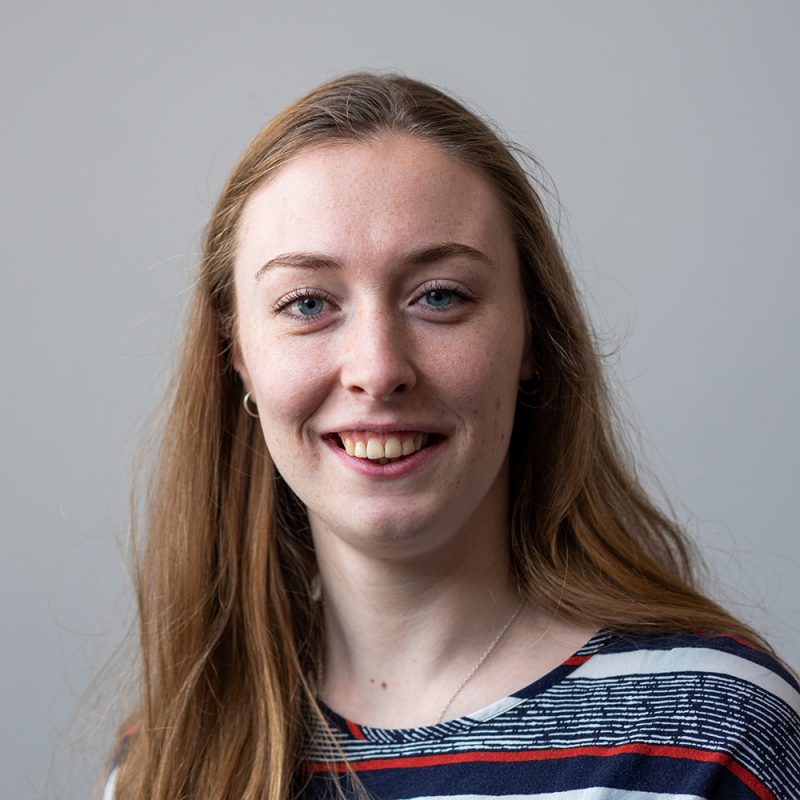| Position | |
| Research fields |
Full name: Marion Heleen Cathérine Wijering
Role: PhD student (since February 2019).
Research group: BSCS – Eggen (Neuro-inflammation)/Baron (Remyelination) group
Promotors and co-promotor: Bart Eggen & Wia Baron and Susanne Kooistra
Email: m.h.c.wijering@umcg.nl
On-going projects:
Spatial transcriptomics analysis of MS lesions.
Spatial transcriptomics is a new technique which makes it possible to measure the gene expression at different locations in a tissue. The aim of this project is to determine changes in gene expression in tissue of healthy controls, in normal-appearing white matter of Multiple Sclerosis (MS) patients and in MS lesions.
At the moment we are running a pilot study to see if the technique works out in our lab and if we need to optimize the protocol. We are planning to use tissue from MS patients containing different lesions. By using spatial transcriptomics we are able to find out differences in gene expression between different types of tissue and/or lesions (normal appearing white matter (NAWM), normal appearing grey matter (NAGM), chronic active lesions, inactive lesions, etc.) within the same patient and between patients. The gene expression information could help us elucidating the underlying mechanisms in MS.
Reconstructing distinct MS lesions in a human 3D model.
Conventional animal models lack different aspects of MS pathology. At the moment we are working with cell lines from a primary progressive MS patient and a healthy control to create brain organoids.
The acquired insight in the transcriptional map (see above-mentioned project; spatial transcriptomics) together with obtained information from other ongoing projects will be used to reconstruct a lesion-specific 3D in-vitro model that consists of neurons and different glial cells. By using the results of the spatial transcriptomics study (changes in the gene expression in a MS patient compared to a healthy control) we can ‘change’ de expression of some genes in this 3D model. Furthermore, we also want to ‘change’ the expression of these genes in specific cells which play a big role in MS. The development and functioning of cells in the 3D model then can be compared to the cells in a 3D model consisting of healthy control cells. The aim of this model is to analyze MS lesion pathology, in future develop therapeutics that overcome remyelination failure, and to predict therapeutic outcome.
Funding organizations: Stichting MS Research, MS Center Noord-Nederland (MSCNN) and Grunn MoveS

Update your browser to view this website correctly. Update my browser now